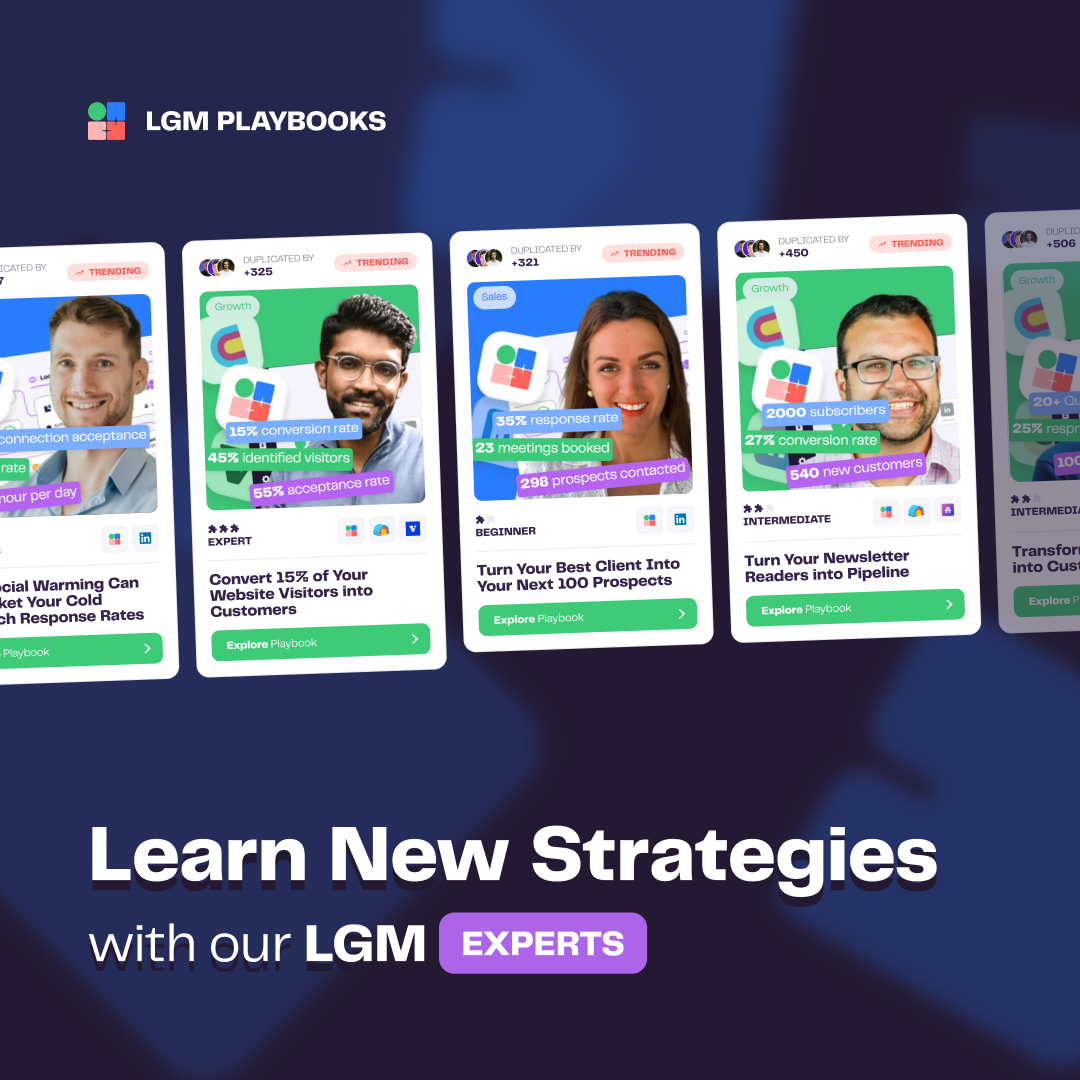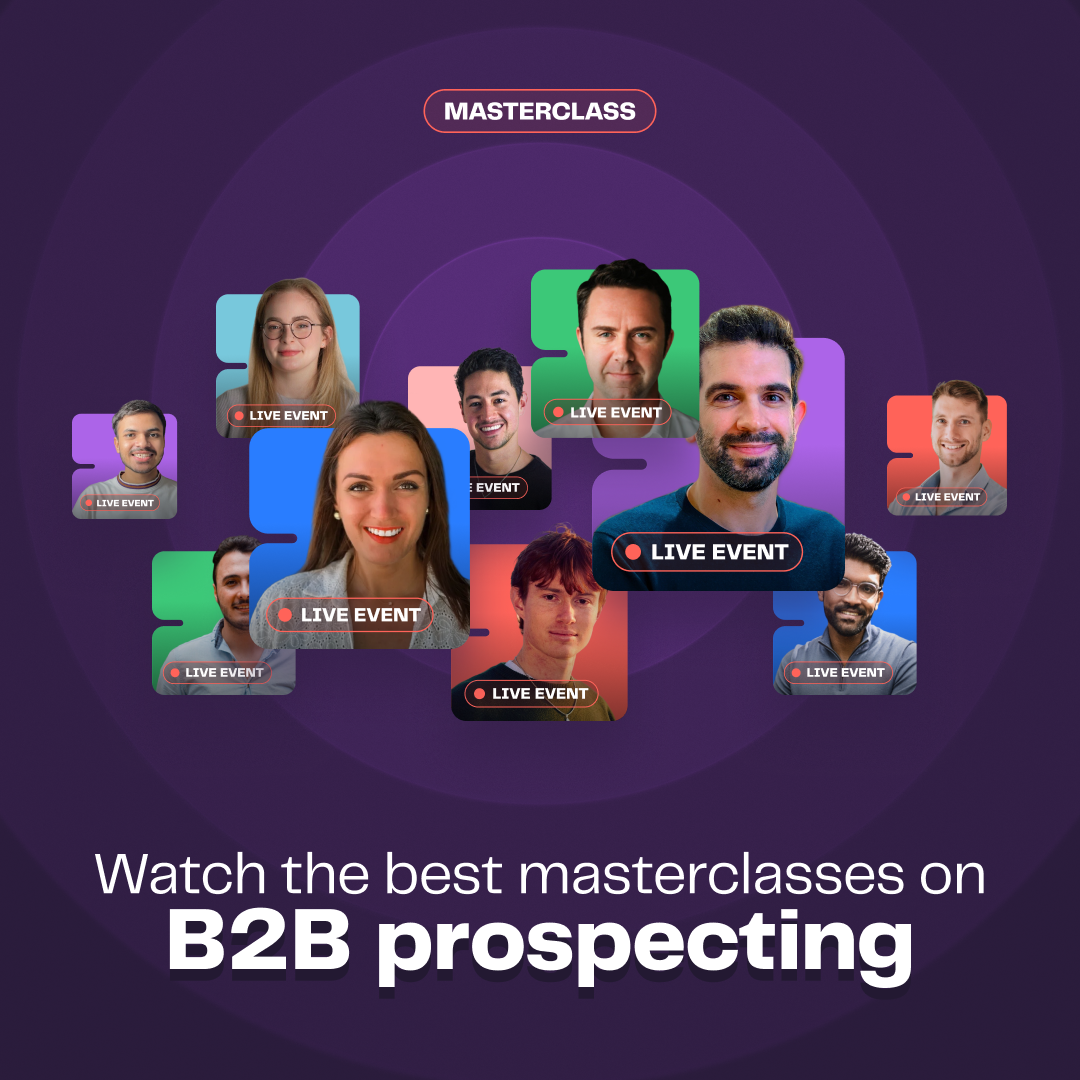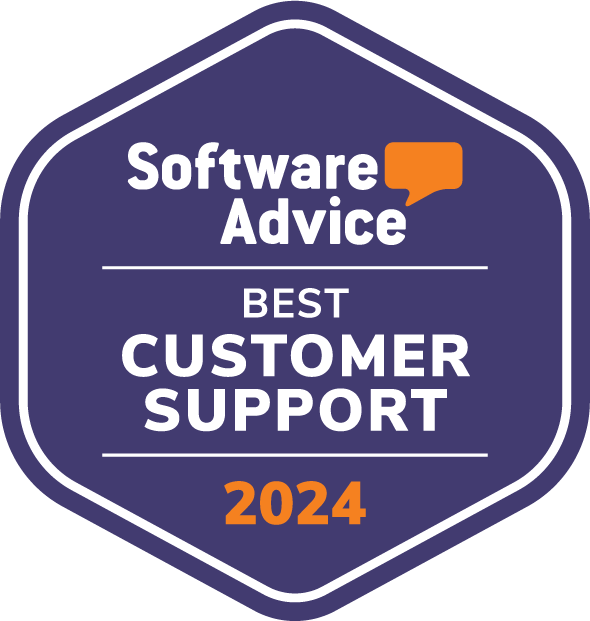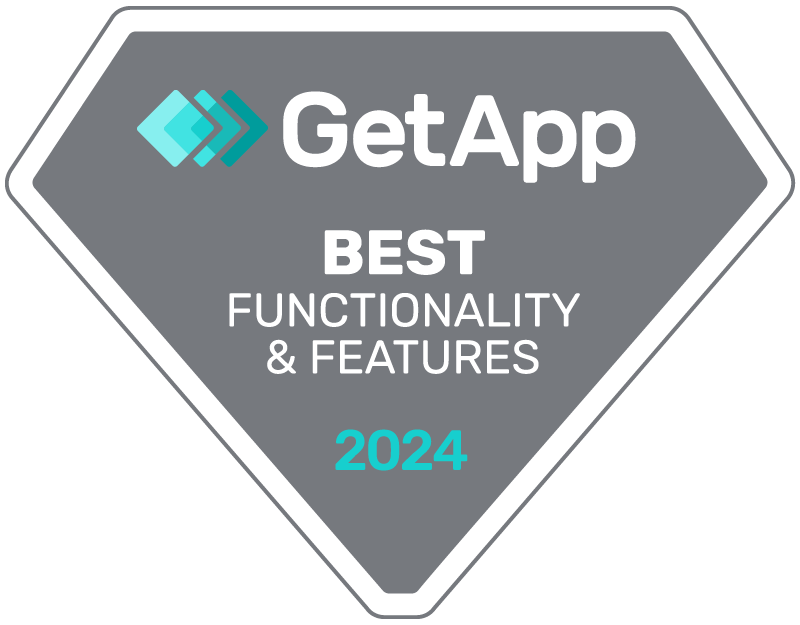TL;DR
Tired of generic B2B prospecting messages that get ignored? Cut through the noise with effective outreach strategies.
Here are 10 proven methods to engage prospects:
– Leverage industry news and trends to showcase expertise.
– Announce product updates to highlight your company’s evolution.
– Invite prospects to relevant events and webinars.
– Share personalized tips and advice addressing their specific challenges.
– Request service feedback to show you value their opinion.
– Inform about regulatory updates, positioning yourself as a trusted advisor.
– Engage with prospects who interact with your content.
– Invite participation in polls or surveys for valuable insights.
– Offer tips to maximize product or service usage.
– Propose mutually beneficial collaborations or partnerships.
Ready to automate your B2B prospecting? Test La Growth Machine for free for 14 days.
Start free trialTable of contents
- Reason #1 – Industry news:
- Reason #2 – Product or service updates:
- Reason #3 – Invitations to Events :
- Reason #4 – Personalized tips or advice :
- Reason #5 – Service feedback :
- Reason #6 – Regulatory updates:
- Reason #7 – Engagement on lead magnet or content:
- Reason #8 – Invitation to take part in Polls or Surveys :
- Reason #9 – Tips for maximizing product/service use :
- Reason #10 – Collaborations or Partnerships :
We’re living in a time of saturation and fed up with commercial messages.
Every week I receive LinkedIn messages that give me a headache.
They’re often too long, too complex, not personalized or relevant, etc.
I also receive emails from people I’ve never heard of, who justify their contact by saying:
“You work in marketing, so I thought my solution might interest you”.
It’s becoming essential to stand out from the crowd in B2B prospecting.
And to do that, you need to start by finding the right pretext to make contact.
This article explores 10 tried-and-tested methods for engaging with your future customers.
Each of these methods is illustrated by concrete examples, drawn from real companies that have succeeded in creating an engaging and productive dialogue with their contacts.
Let’s go! 🚀
Reason #1 – Industry news:
By sharing recent information or studies about your prospects’ industry, you demonstrate not only your expertise, but also your commitment to staying on top of the trends that can impact them.
Use Case:
Kwiper is software that enables chartered accountants to diversify their offerings by proposing Wealth Management Consulting (WMC) services. The company is capitalizing on a renewal of the profession, supported by government aid.
Its prospecting campaigns are therefore based on these changing trends.
They illustrate perfectly how a company can evolve to meet the changing needs of its customers while offering them innovative ways to increase and diversify their income.

Reason #2 – Product or service updates:
Communicate about improvements or new features in your products/services to reinforce the perception of your company as a constantly evolving partner, and attentive to its customers’ needs.
Use Case :
The SocieteInfo.com contact database creation platform proactively contacted B2B marketing content creators, to encourage them to discuss their uses, share the tool’s new features, and enable them to become communication relays in return for
In addition to providing information and collecting feedback, SocieteInfo.com ensures that it has a very wide reach on LinkedIn.

Reason #3 – Invitations to Events :
Invite your best prospects to webinars, workshops, or online events that are relevant to their industry or interests.
Use Case :
Beyond Growth writes to potential prospects to share a live event on LinkedIn content creation teamed with Mollow.
The event is particularly relevant for new content creators.

Reason #4 – Personalized tips or advice :
Offer advice or tips specifically tailored to your customers’ challenges shows a deep understanding of their needs.
You’ll be all the more successful if you deliver value.
Use Case :
The Ads For Change and Social Ads initiative, which contacted NGOs to inform them about the Google Ads Grant, is an excellent example of how a company can offer concrete, targeted help that goes beyond selling a product or service.
Google Ads Grant is a grant offered by Google to promote NGOs (€8,000 offered).
Reason #5 – Service feedback :
Ask for feedback on their experience with your product/service to show that you value their opinion.
Use Case :
The NGO ADIE prepares “User Research” calls to assess the relevance of its offer and collect verbatims to refine its value propositions.
The calls can be made to existing donors, or to people who have never been exposed to the project but who are part of the target audience.
People are generally more receptive to being contacted to share their opinion, their expert view, than to be encouraged to buy something.
By the way, the interviews are then conducted on Fathom.ai, a great tool for recording and taking notes instantly, thanks to AI.

Reason #6 – Regulatory updates:
You appear as a reliable source of information on legislative or regulatory changes.
You show that you can be a useful, informed, and responsible partner.
Use Case :
Clear Fashion, by informing its customers about the implications of the AGEC law, demonstrates its role as a trusted advisor, aware of the regulatory impacts on its customers’ activities.

Reason #7 – Engagement on lead magnet or content:
Contact people who interact with your content, whether by downloading it or commenting, liking your posts (or even visiting your profile).
You can even add notes to them based on each interaction.
Use Case:
With Plume App we extract the profiles that have engaged, visited Thomas’ (Head of B2B Business) profile, and followed Plume’s page.
We then assign them a score, which enables us to get in touch with the people who are most enthusiastic about the brand.

Reason #8 – Invitation to take part in Polls or Surveys :
Solicit your prospects’ opinions on relevant topics, which can also provide valuable insights for your business.
Use Case :
Valorplast tests the relevance of its services with customers, and its brand image with potential customers.

Surfrider Foundation invites participation in a European consultation on the ocean, to give future MEPs ideas for protecting the ocean.

Reason #9 – Tips for maximizing product/service use :
Provide tips to help customers get the most out of your product or service.
Use Case :
Evaboot regularly sends news from Sales Navigator, LinkedIn, and Google … to encourage better use of the tool.
Mention should be made of the objects, which are always very short and tiny. The 1st A (Attention) of the AIDA is activated 🔥

Reason #10 – Collaborations or Partnerships :
Propose collaboration or partnership opportunities that could be mutually beneficial.
Use Case :
Vendredi offers co-marketing content creation to companies that are related to their business.
This is also known as indirect Lead Gen, a good way to get your foot in the door to create business collaborations beyond marketing collaborations.

One example is the CSR Barometer, created with 14 different players.











Comments